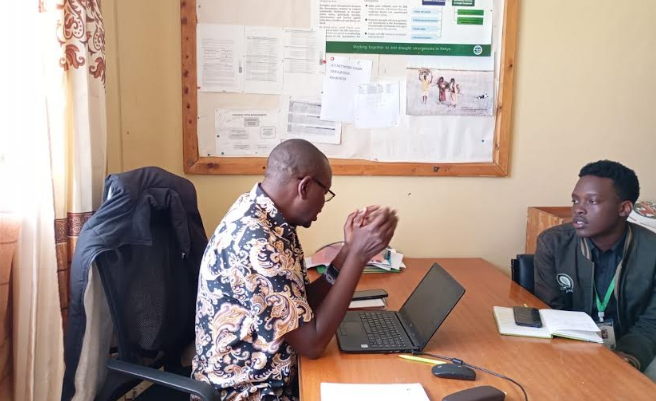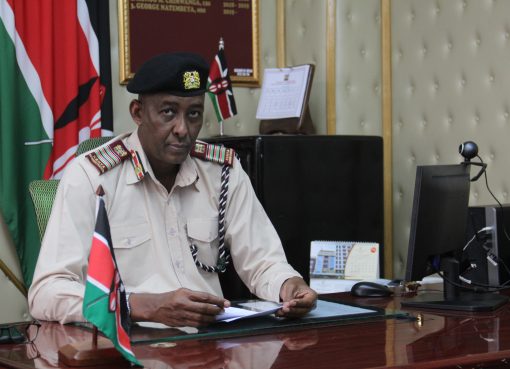Samburu County, known for its pastoralist economy, has faced severe droughts in the past, significantly impacting the livelihoods of its residents.
According to the County Information Officer at the National Drought Management Authority (NDMA), Casim J. Zuberi, previous droughts have led to loss of pasture, which resulted in livestock death, the main sources of income for the communities, thus posing grave economic challenges for the region.
In an interview, Zuberi highlighted that NDMA worked closely with the community by implementing cash transfer programmes targeting vulnerable households affected by drought.
The community plays a vital role in translating and disseminating drought-related information through existing communication channels such as FM radio stations.
To predict and prepare for droughts, the NDMA employs a variety of strategies such as using an annual calendar of events, conducting Participatory Scenario Planning (PSP) sessions, and bringing together scientific meteorological experts and indigenous knowledge holders to forecast weather patterns.
NDMA also collects data on key drought indicators, including production, environmental, and food utilisation indicators, on a monthly basis.
This data is used to create a drought bulletin that provides an analysis of current conditions and a prognosis for future droughts.
The NDMA’s funding comes from the national exchequer and international organisations such as the Food and Agriculture Organisation (FAO) and the World Food Programme (WFP). These partnerships enable the authority to implement and sustain drought management measures.
Despite its efforts, NDMA continues to face several challenges, including budgetary constraints that often hinder effective drought management, especially during times of financial strain. Insecurity in regions like Samburu, characterised by incidents of banditry and cattle rustling, adds another layer of complexity to their work.
Additionally, poor infrastructure limits the adoption of advanced technology for drought management.
NDMA remains steadfast in its mission to mitigate the impact of drought and strengthen the community’s capacity to withstand future crises.
Their work underscores the importance of collaboration, preparedness, and innovation in addressing the challenges posed by climate variability.
By Nelson Leshan and Brian Munene





